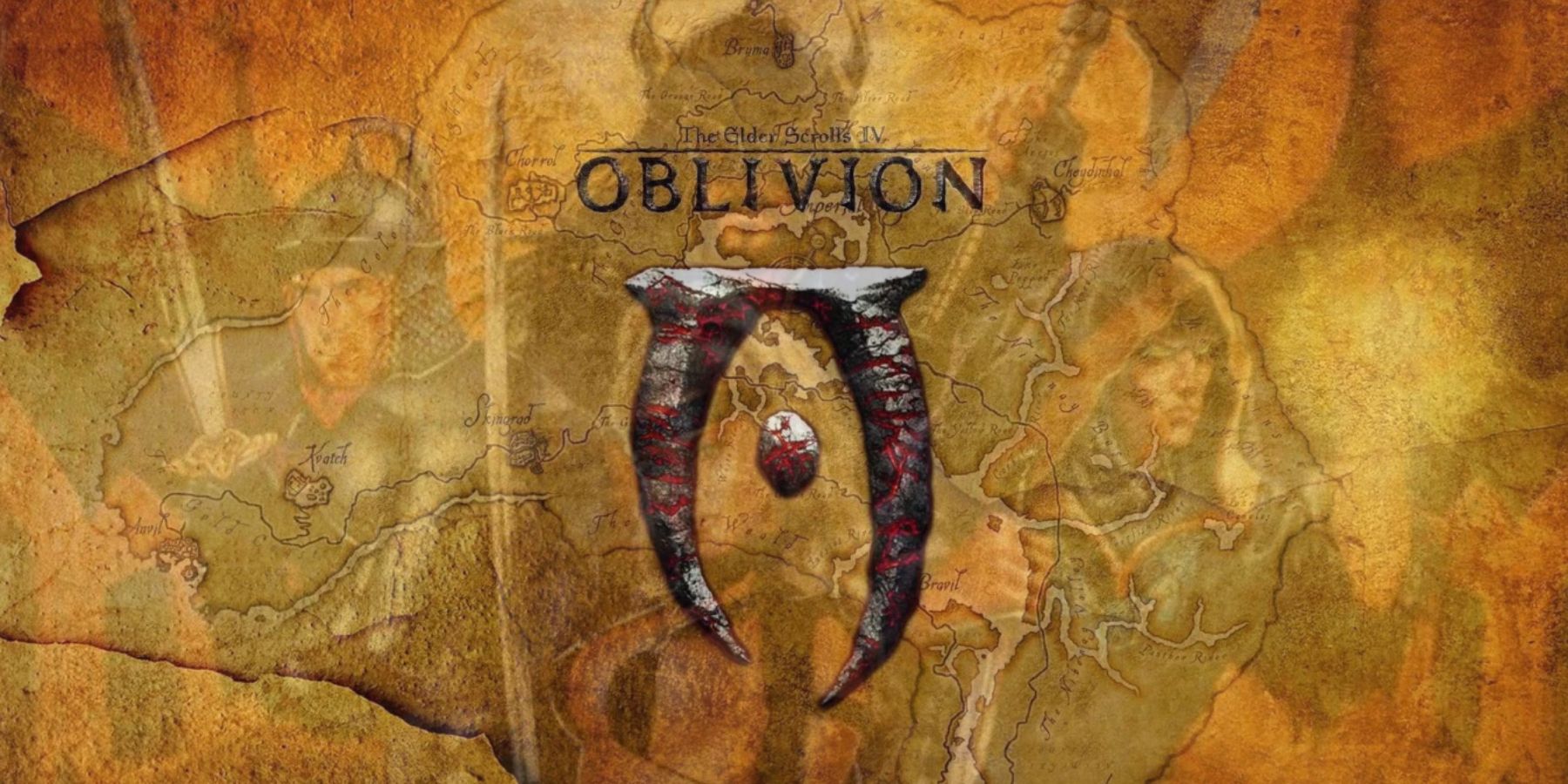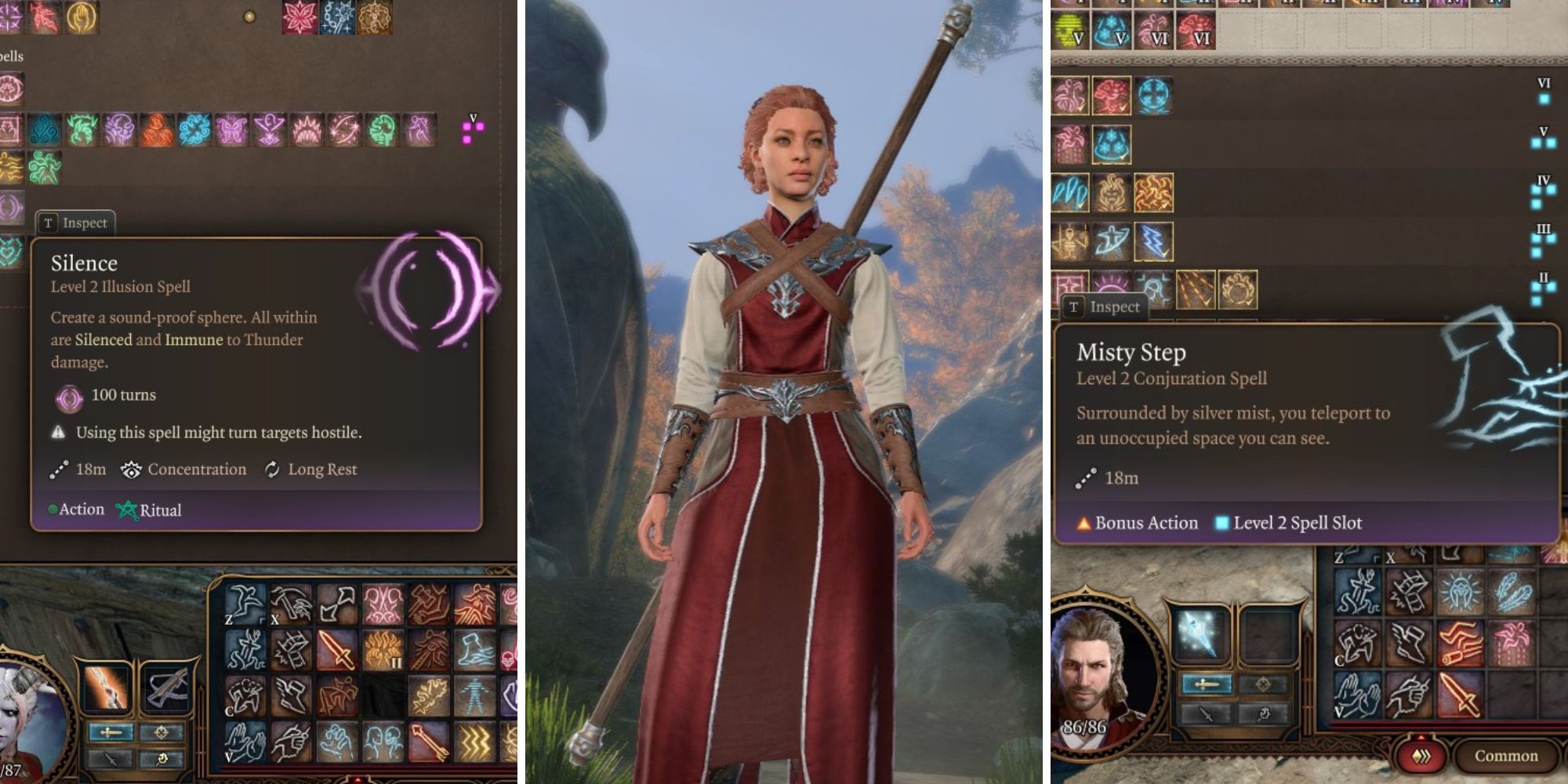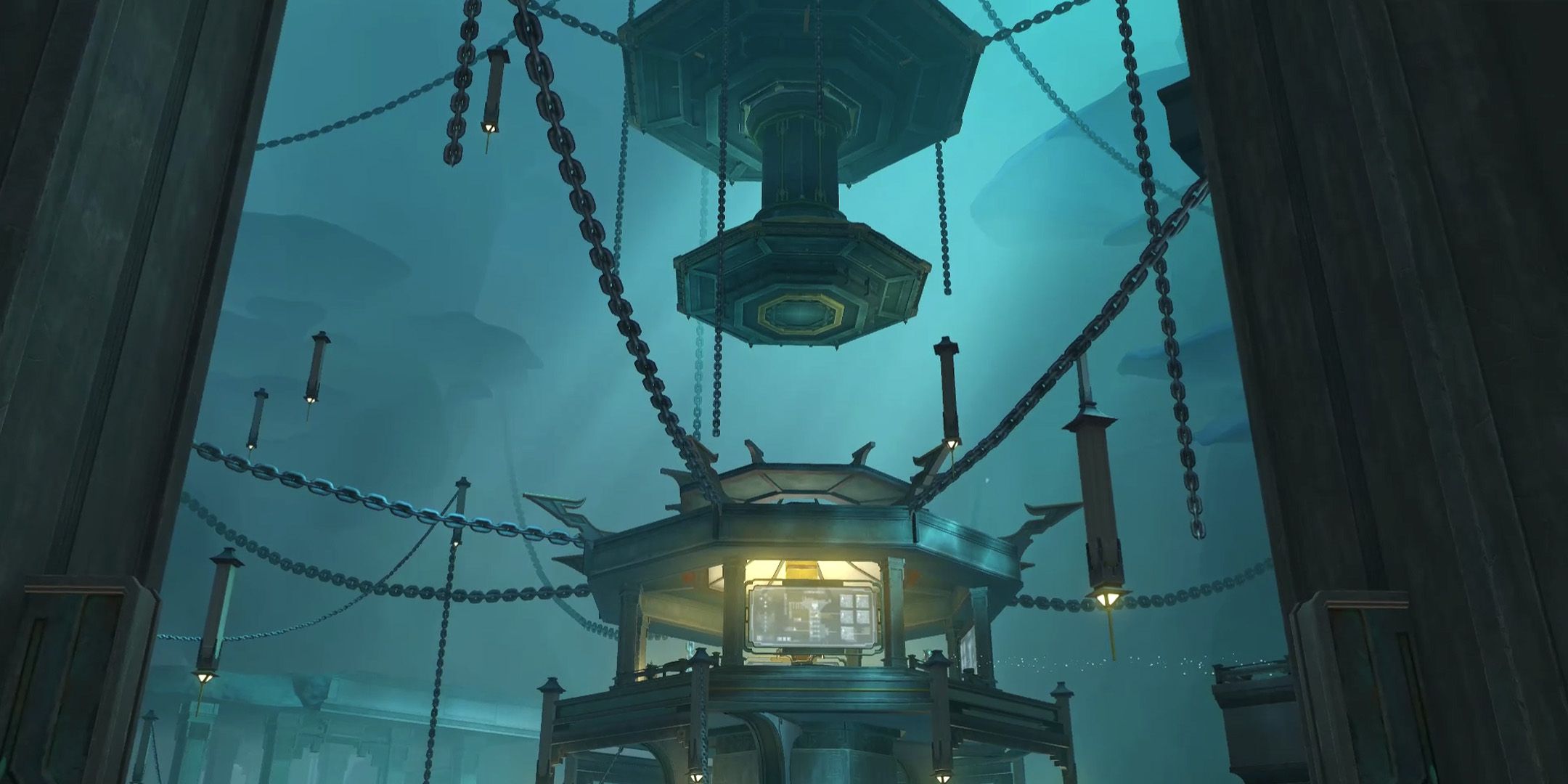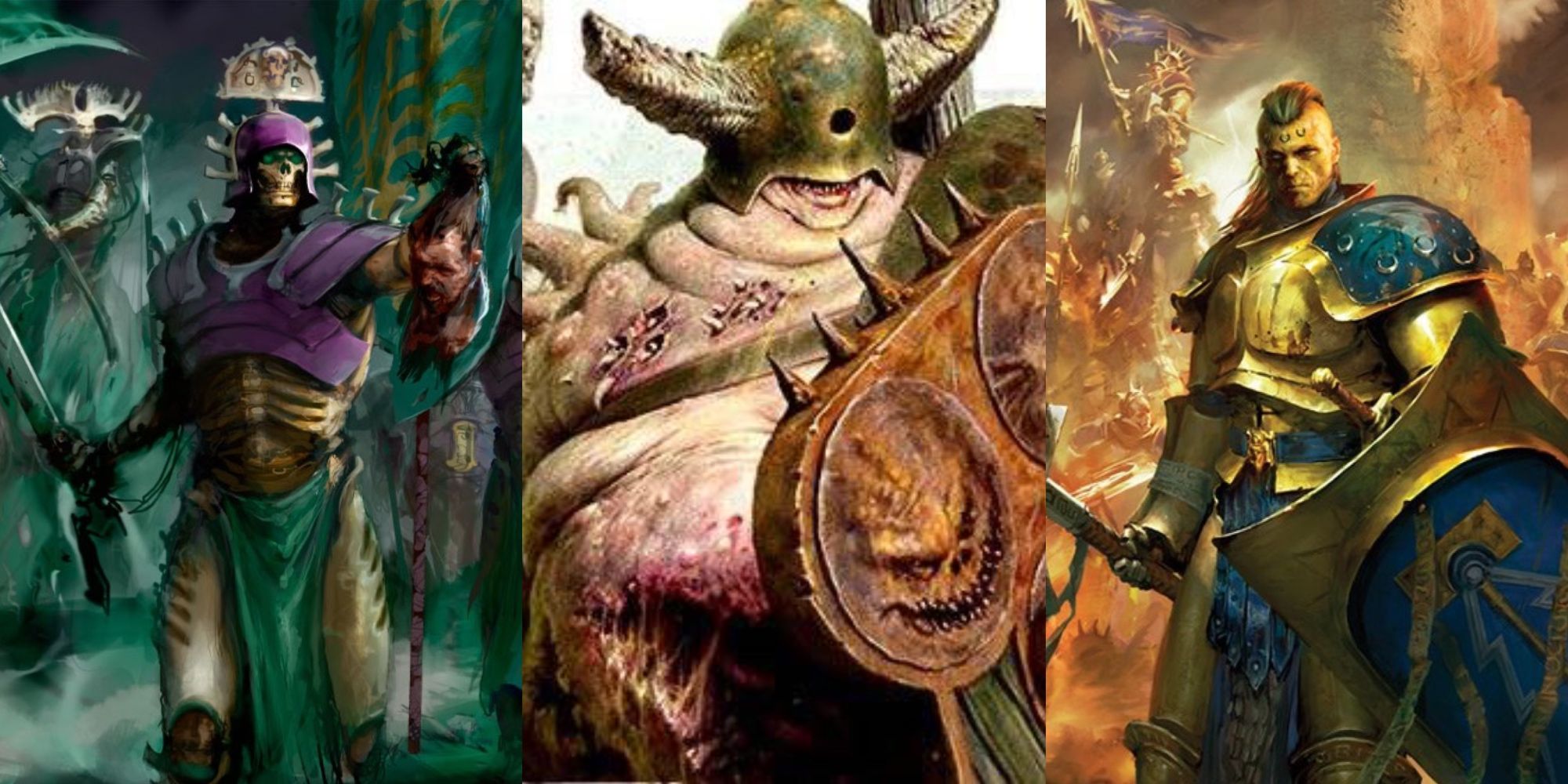Highlights
- The Elder Scrolls: Arena set the foundation for the franchise, inspiring future games & Easter eggs in Oblivion & Skyrim.
- Despite its dated look, Arena’s legacy lives on through references in newer Elder Scrolls games found in weapons, loading screen tips, and so on.
- Arena’s influences can be seen in the Labyrinthian in Skyrim, as well as the Staff of Chaos & Sweet Roll joke.
Releasing all the way back in 1994, The Elder Scrolls: Arena was far from Bethesda’s first video game, but it quickly became the studio’s most defining piece of work upon its initial launch. Though it wasn’t the first fantasy RPG out there, The Elder Scrolls: Arena learned from those that came before it, and used that knowledge to produce a truly genre-defining experience. Though it looks and feels extremely dated all these decades later, The Elder Scrolls: Arena is still incredibly impressive to think about, establishing so much of the expansive world and lore that the franchise would use as its basis going forward.
Obviously, the Elder Scrolls franchise has evolved a lot in the last 30 years. With around 4–6 years coming between mainline entries, each Elder Scrolls game represents a major leap in technology, coinciding with the rapid evolution of video game technology at the time. But no matter how advanced The Elder Scrolls has gotten over the years, Bethesda never forgets the series’ roots, and that’s evidenced by the number of times that Elder Scrolls: Arena has been referenced in the rest of the series.
How The Elder Scrolls 6 Can Finally Give a Major God Their Due
The Elder Scrolls 6 has the chance to feature a god that has only been mentioned in the games but whose divine influence has shaped Tamriel.
One of the most iconic Elder Scrolls: Arena Easter eggs can be found in The Elder Scrolls 4: Oblivion. When players arrive in the Imperial City in Cyrodiil, they’ll be able to find a collection of posters strewn about the city’s walls. These posters depict four characters, all wielding various fantasy weapons and wearing a range of different armor. Above their head reads “The Arena.” This poster is a clear reference to the original cover art for The Elder Scrolls: Arena, which itself depicts four classic fantasy archetype characters, all positioned in a very similar way and wielding very similar weaponry. Though the classes of these characters don’t quite match up, it’s a very neat reference that’s been integrated well into the world of Oblivion.
But this poster isn’t the only reference to The Elder Scrolls: Arena found in Oblivion. When players eventually get to the Imperial City Arena, they’ll find a slew of references to a character named Gaiden Shinji. A Redguard Blademaster, Gaiden Shinji is a character frequently mentioned throughout The Elder Scrolls: Arena, including the game’s opening line of text, which is a quote that reads “The best techniques are passed on by the survivors.” Gaiden Shinji is also mentioned a few times throughout the rest of The Elder Scrolls series, including on Skyrim‘s loading screen.
Arena References in Other Elder Scrolls Games
Being the first game in the franchise, it’s only natural that certain elements from The Elder Scrolls: Arena have popped up a few times throughout the rest of the series. One of the best examples of this is Skyrim‘s Labyrinthian. Introduced during Arena‘s main quest, the legendary Labyrinthian is the resting place of a piece of the Staff of Chaos, which the player needs to find and restore. The Labyrinthian returns in Skyrim, where another staff can be found, this time the Staff of Magnus. While the Staff of Magnus and the Staff of Chaos are two different weapons, the Staff of Magnus can also be found in Elder Scrolls: Arena, albeit through a weapon-specific questline that doesn’t involve the Labyrinthian at all.
The Elder Scrolls: Arena
is also the birthplace of Bethesda’s long-running Sweet Roll inside joke.
Though it isn’t a weapon in the game, Skyrim does feature a direct reference to the Staff of Chaos. The shattering of the Staff of Chaos can be seen engraved on Alduin’s Wall, where major plot points from the rest of the Elder Scrolls series can also be seen.
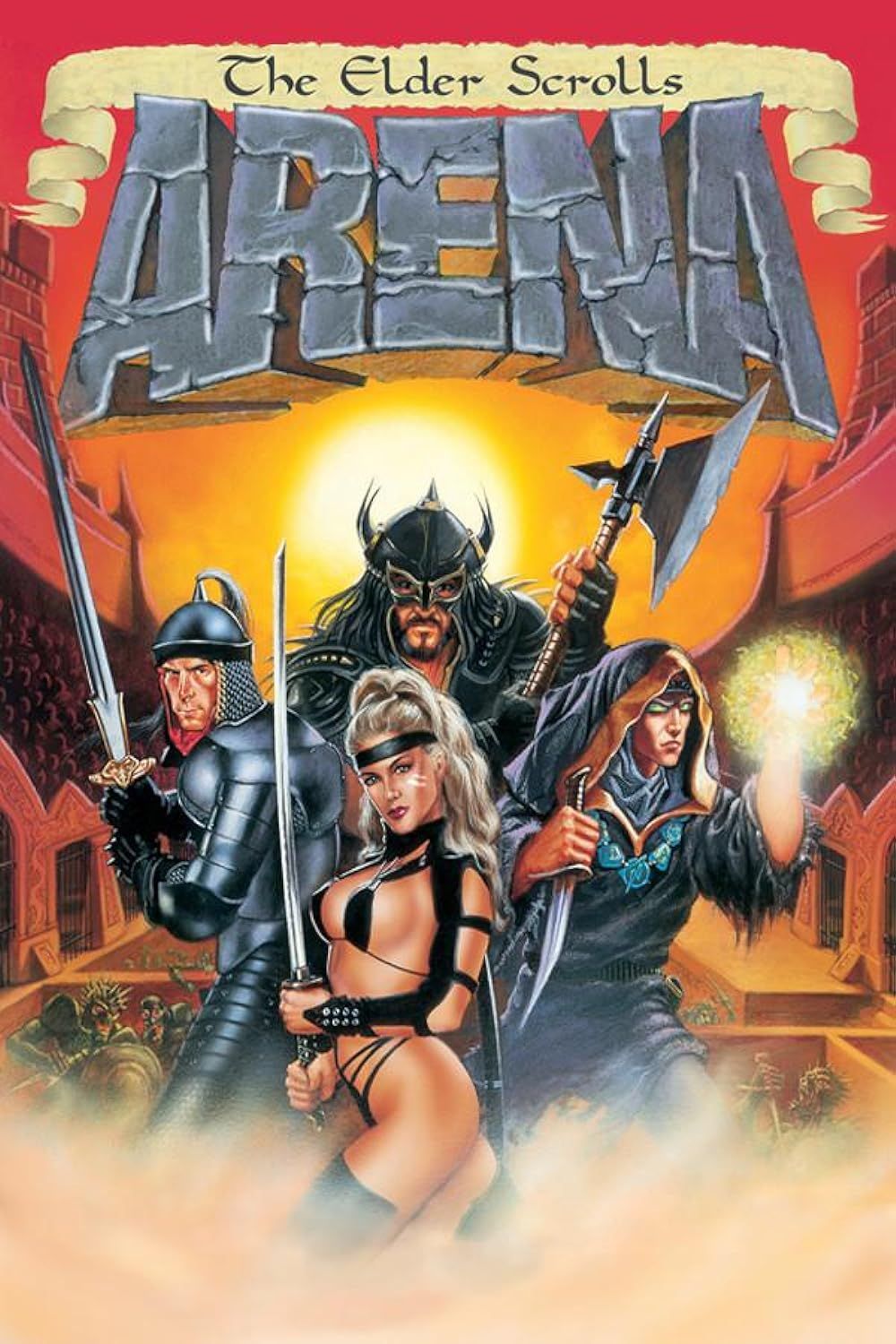
The Elder Scrolls: Arena
- Released
- March 25, 1994
- Developer(s)
- Bethesda Softworks
- Publisher(s)
- Bethesda Softworks
- Genre(s)
- Action RPG
- How Long To Beat
- 25 Hours
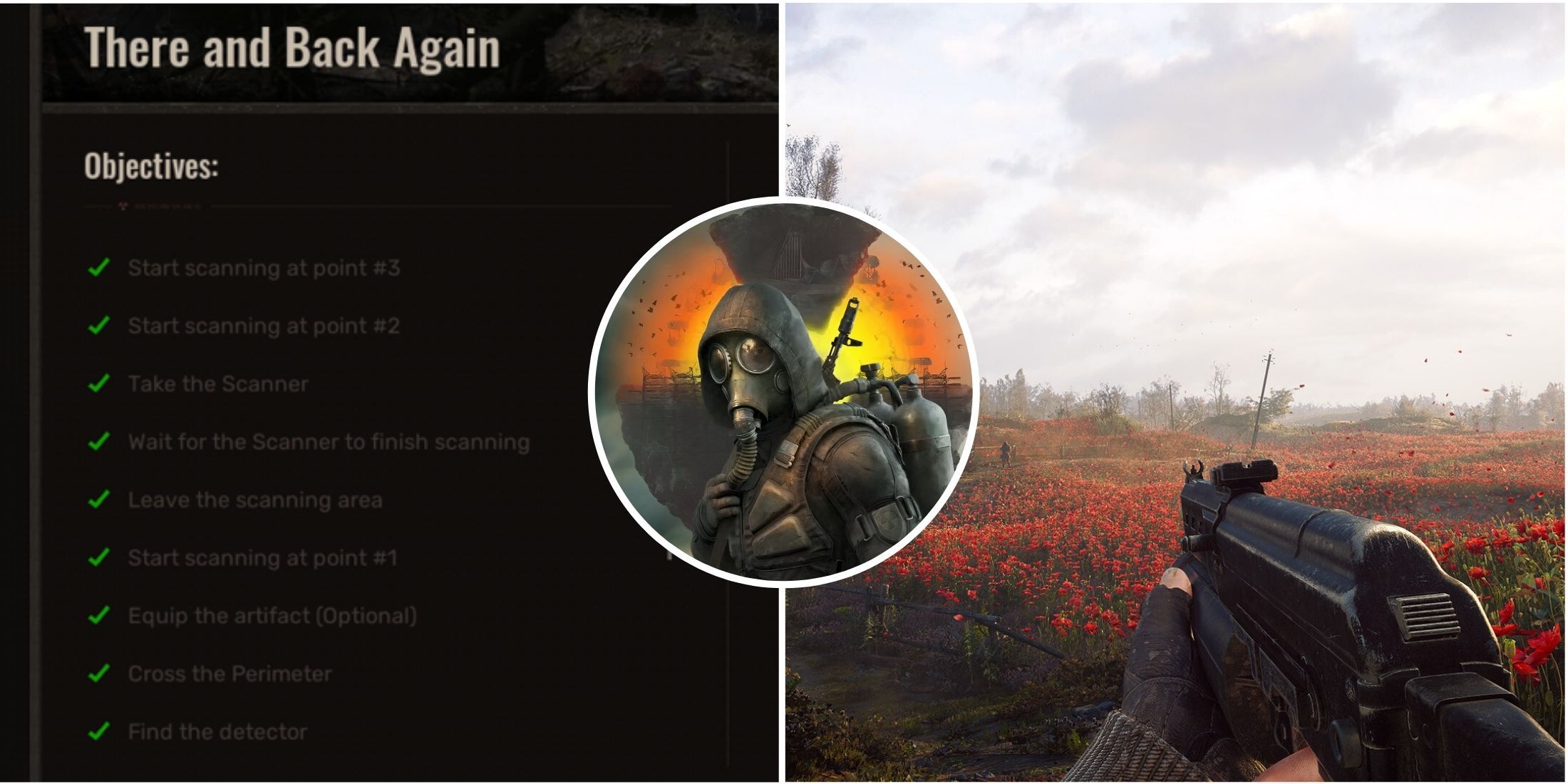
/cdn.vox-cdn.com/uploads/chorus_asset/file/25751312/2024_CH_Pacifica_Gas_Gallery_Img3_Desktop1.jpg.image.1440.png)
